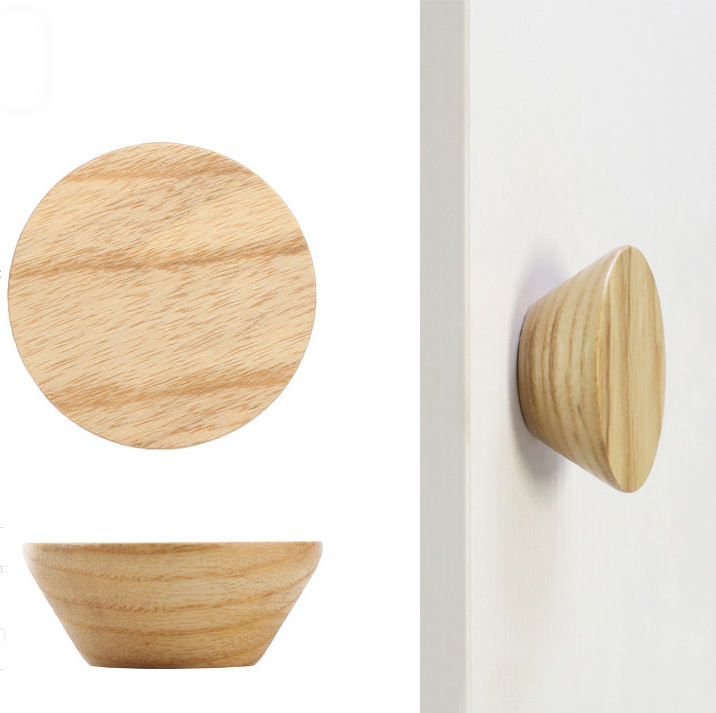Selecting the right wood for your tool handles is crucial to ensure durability, functionality, and aesthetics. Different woods have varying properties that can affect how your tool handles perform over time. Here’s a guide to help you navigate wood selection for your tool handles:
1. Consider Tool Usage: Think about the type of tool and its intended use. Different tools have different requirements. For example, a hammer handle will need to absorb shock, while a chisel handle should provide a comfortable grip.
2. Hardwoods vs. Softwoods: Opt for hardwoods for tool handles, as they are denser and more durable than softwoods. Hardwoods can withstand the pressure, impact, and wear that tools often endure.
3. Common Hardwood Choices:
- Hickory: Known for its strength, shock resistance, and durability. Great for tools that experience heavy impact, such as hammers and axes.
- Oak: Offers a good balance of strength and workability. Suitable for a wide range of tools.
- Maple: Dense and durable with a fine grain. Suitable for tools that require precision and longevity.
- Ash: Flexible yet strong, making it suitable for handles that need a balance between shock absorption and durability.
- Cherry: Offers a smooth finish and can add an aesthetic touch to tools. Best suited for tools with lighter-duty applications.
4. Grain Orientation: Choose wood with straight grain patterns for tool handles. This provides strength and minimizes the risk of splitting along the grain.
5. Figure and Aesthetics: Consider the wood’s natural color, figure, and aesthetics. Some woods have distinctive patterns that can enhance the visual appeal of your tool handles.
6. Ergonomics and Comfort: Select a wood that can be comfortably shaped and carved to create ergonomic grips that fit your hand well.
7. Moisture Resistance: Choose a wood that is naturally resistant to moisture or one that can be treated with finishes to protect against moisture absorption.
8. Accessibility and Cost: Consider the availability and cost of the wood. Some hardwoods might be more expensive or harder to find in certain regions.
9. Durability and Wear: Balance the desired appearance with the practicality of durability. Some woods that are beautiful might not be as tough and long-lasting.
10. Sustainability: Opt for woods that are responsibly sourced to support sustainable forestry practices.
11. Testing and Experimentation: If you’re unsure, consider making test handles from different woods to see how they perform over time. This can help you determine which wood suits your needs best.
12. Personal Preference: Ultimately, your personal preference matters. Choose a wood that resonates with you and matches the style you want for your tools.
Remember that tool handles are subjected to a lot of stress, so choosing the right wood is essential to ensure safety and longevity. By considering the factors mentioned above, you can select the perfect wood that aligns with the tools you’re crafting and your woodworking goals.


